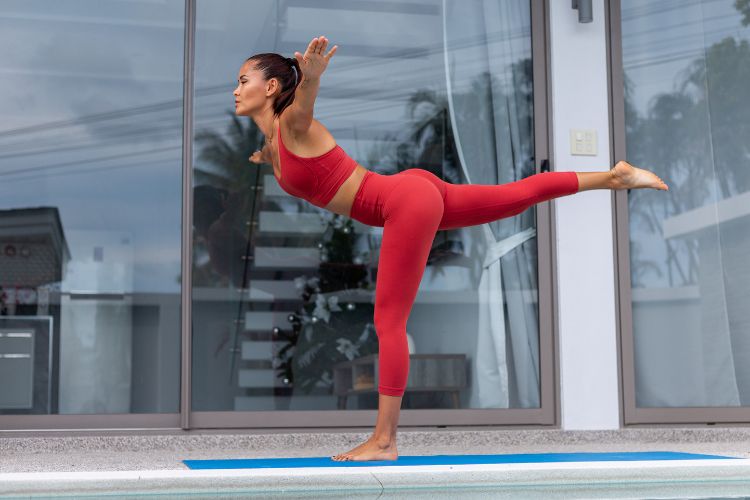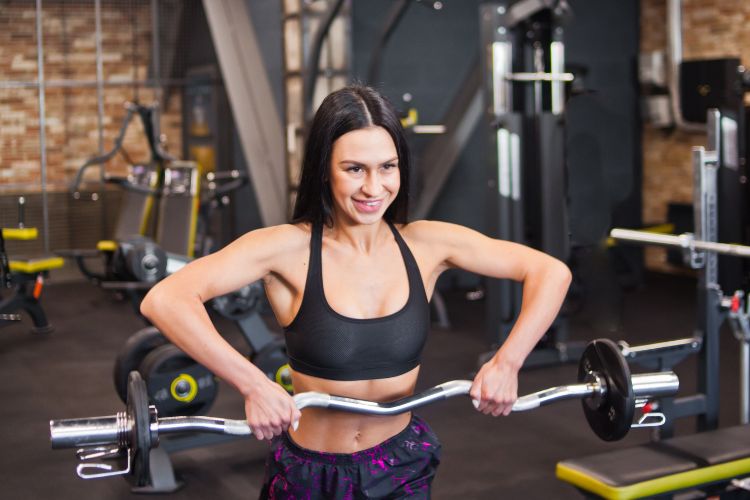Sign up for workout ideas, training advice, reviews of the latest gear and more.





Glute bridges are among the most effective lower-body exercises, and the single-leg glute bridge takes it a step further by adding unilateral engagement, boosting strength, stability, and endurance. Whether you’re looking to tone your glutes, enhance athletic performance, or rehabilitate from an injury, this movement is a must-have in your fitness routine.
In this guide, we’ll break down everything you need to know about single-leg glute bridges—from their benefits and step-by-step instructions to variations, common mistakes, and full workout routines.
The SLGB is a unilateral lower-body exercise that primarily targets the gluteus maximus, hamstrings, and core. Unlike the standard glute bridge, this variation forces one leg to support the entire movement, increasing the challenge and emphasizing stability.
It’s an excellent movement for:
Since it engages multiple muscle groups simultaneously, it’s ideal for anyone looking to build lower-body strength, improve balance, or rehab weak glutes and hamstrings.
The gluteus maximus and hamstrings play a vital role in lower-body strength and movement. Since this exercise isolates one leg at a time, it forces greater muscle engagement, leading to more effective strengthening of these muscle groups.
Your core muscles, including the rectus abdominis, obliques, and transverse abdominis, must work harder to maintain stability throughout the movement. This improves balance and strengthens deep core muscles.
Weak hips can lead to poor movement mechanics, increasing the risk of injuries. The single-leg glute bridge helps enhance hip stability by correcting muscular imbalances and promoting a full range of motion.
By strengthening the posterior chain, this movement can help alleviate lower back discomfort caused by weak glutes and improper posture. It’s an excellent addition to any rehabilitation program.
Since most people have one leg stronger than the other, unilateral exercises like the single-leg glute bridge help address these imbalances, leading to better overall muscle symmetry and functional strength.
Follow these step-by-step instructions to execute the SLGB with proper form.
Even though the single-leg glute bridge seems simple, many people make form errors that reduce its effectiveness. Here’s what to avoid:
If you’re looking to increase or decrease the difficulty, try these variations:
How to do it: Place a resistance band just above your knees. This increases glute activation and challenges hip stability.
How to do it: Hold a dumbbell or barbell across your hips to add resistance and build strength.
How to do it: Place your foot on an elevated surface like a bench or step to increase range of motion and intensity.
How to do it: Rest your supporting foot on a stability ball, making the movement more challenging by engaging stabilizing muscles.
How to do it: Place your back on a raised surface (such as a bench) to create a greater range of motion and higher glute activation.
To get the best results, include single-leg glute bridges in a structured workout. Here’s a 30-minute glute-focused routine.
For best results, aim for 3-4 sessions per week with 3-4 sets of 10-15 reps per leg.
Yes! If you’re a beginner, start with regular glute bridges before progressing to single-leg variations.
Absolutely! When combined with progressive overload (such as adding weights), they help build strength and muscle.
Yes, they strengthen muscles around the knee, providing better joint support. However, if you feel discomfort, modify the movement.
The SLGB is an exceptional exercise for strengthening your glutes, hamstrings, and core while improving stability and mobility. Whether you’re a beginner or an advanced athlete, this movement can be adapted to suit your fitness level.
Incorporate single-leg glute bridges into your routine 2-3 times per week, and focus on proper form to maximize results. Combine them with squats, deadlifts, and lunges for a well-rounded lower-body workout.
Now it’s your turn! Try this workout today and feel the difference in your glutes!
Would you like a printable PDF version of these workouts? Let us know in our social media comments and Follow us for more fitness tips!
Stay up to date on the latest women’s health, fitness and lifestyle trends and tips.